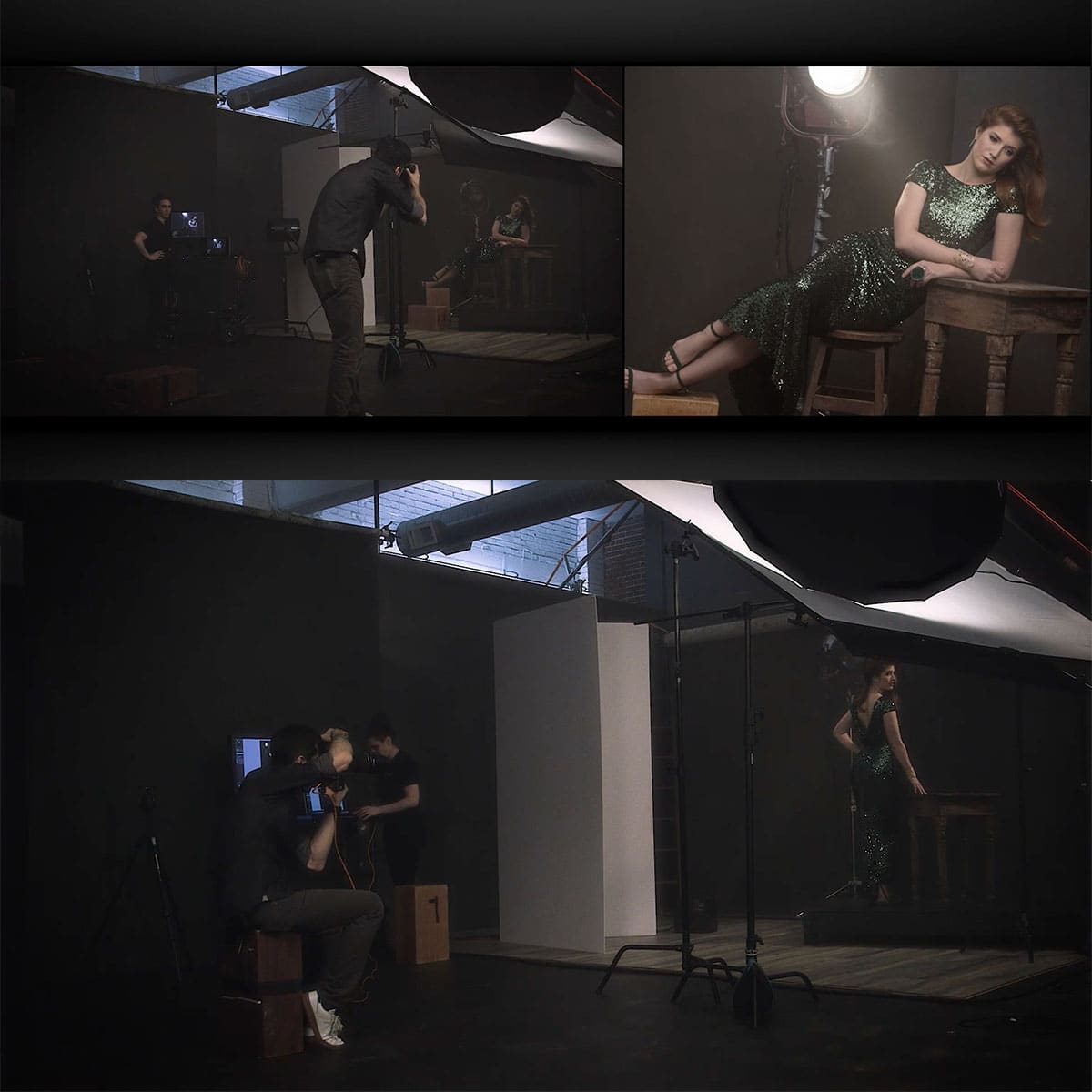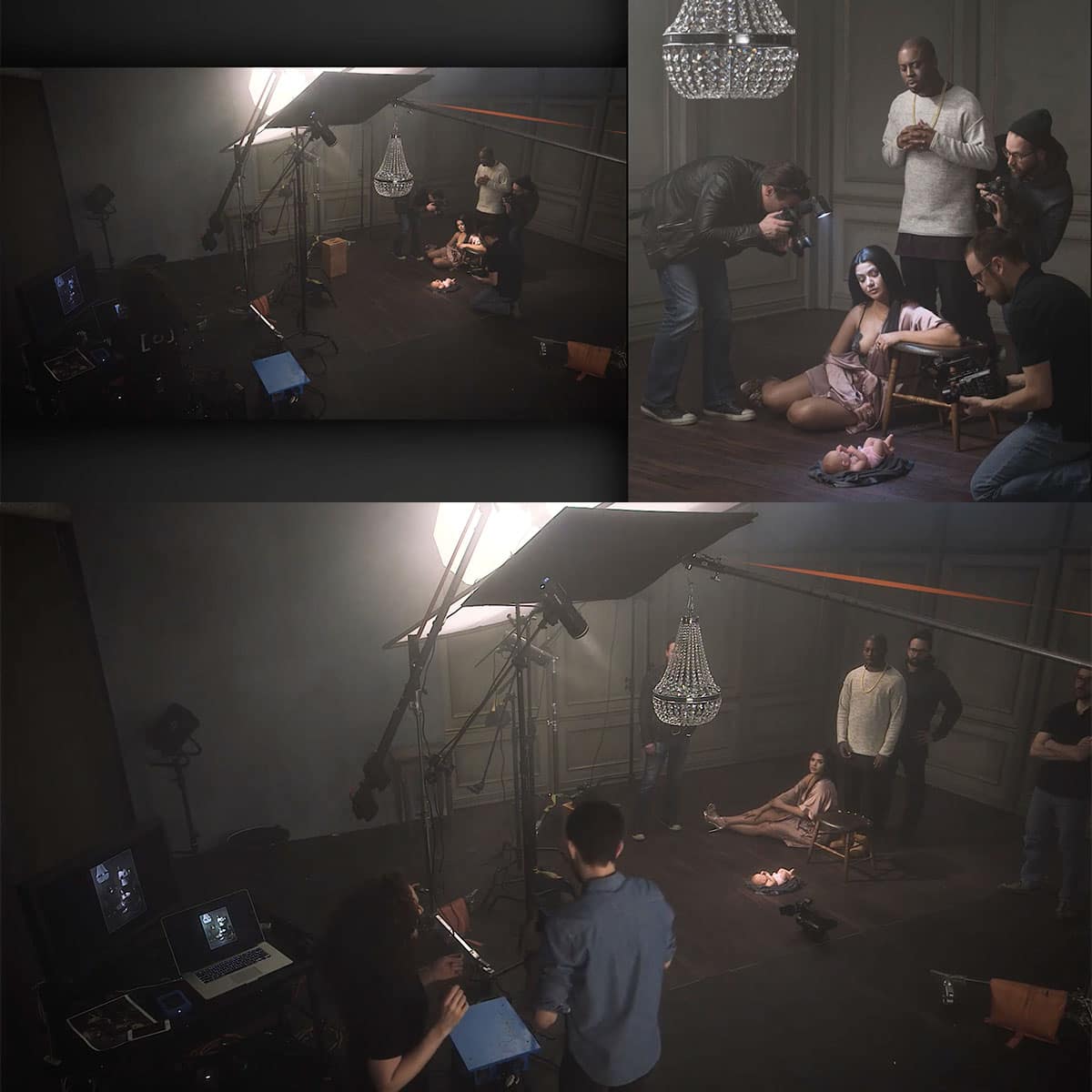F-Number Explained: Aperture's Role in Photography Lenses
Photography is an art that blends technical precision with creativity, and understanding the different elements that affect a photo is essential. One such element is the aperture, an adjustable opening in the lens that controls the amount of light entering the camera. The size of this opening is denoted by the f-number or f-stop.
A vital aspect of photography, the f-number has a direct impact on image quality as it influences the depth of field and sharpness. When working with the f-number, it's crucial to grasp how larger and smaller apertures will affect the image. By manipulating this aspect, photographers can achieve their desired results and elevate their photo-taking skills.
Key Takeaways
- Aperture size, represented by the f-number, is crucial for controlling light entering the camera and overall image quality
- Understanding how varying the f-number affects depth of field and sharpness helps photographers make optimal adjustments
- Mastering the intricacies of aperture and f-number equips photographers with necessary skills to create professional-looking photos.
Understanding the Basics
When it comes to photography, one of the key factors that affects the final image is the aperture. The aperture is the opening in a lens through which light passes to enter the camera. This opening can be adjusted and is measured by the f-stop.
A lens' focal length is another vital aspect. The relationship between aperture and focal length is expressed by the f-number. F-number is calculated as the focal length divided by the diameter of the aperture in the lens. For example, with a 50mm focal length and an aperture diameter of 25mm, the f-number would be F/2.
Adjusting the aperture has a direct impact on the amount of light entering the camera. Wider apertures, represented by smaller f-stop numbers (e.g., F/1.8), allow more light to enter, while narrower apertures, represented by larger f-stop numbers (e.g., F/16), permit less light. Keep in mind that wider apertures also result in a shallow depth of field, meaning a smaller portion of the image is in focus.
Lastly, it is essential to remember that lens quality plays a significant role in the outcome of a photograph. Modern camera lenses have multiple elements and sophisticated designs that affect overall image sharpness and clarity. It is crucial to invest in lenses that suit your specific needs and preferences as you progress in your photography journey.
Working with F-Number
When working with the f-number, it's important to understand its role in photography. The f-number, also known as f-stops, represents the ratio of a lens's focal length to the diameter of the aperture opening. As a dimensionless value, it plays a vital role in determining the size of the aperture and the amount of light entering the camera. A smaller f-number means a larger aperture and more light entering the camera, while a larger f-number means a smaller aperture and less light entering the camera1.
Adjusting the f-number is crucial when dealing with exposure in photography. Proper exposure is a balance between aperture, shutter speed, and ISO settings. Changing the f-number affects both the depth of field and the amount of light that reaches the camera sensor. Therefore, understanding how to modify the f-number helps in controlling these aspects and capturing the desired image2.
When comparing f-numbers, it's essential to keep in mind that each increase or decrease in f-stop represents a doubling or halving of the amount of light entering the camera. F-numbers are essentially a fraction, so a lower f-number like f/2.0 indicates wider aperture than f/4.0. This knowledge allows us to easily make adjustments to achieve our desired results3.
In conclusion, mastering the f-number is vital in photography, as it directly impacts exposure, depth of field, and the overall look of your images. Careful consideration of the f-number allows us to create stunning and well-balanced photographs.
Implications of Aperture Size
When discussing camera lenses, aperture size plays a crucial role in determining the amount of light that reaches the camera sensor. The aperture diameter is measured using the f-number or f-stop. In this section, we will explore the implications of various aperture sizes on photography.
A small aperture is represented by a higher f-number, such as f/16 or f/22. This results in a smaller opening through which light can pass. Our images will have a larger depth of field, meaning that more of the scene will be in focus. However, the trade-off is that less light reaches the camera sensor, which can lead to increased noise in low-light conditions. One advantage of a small aperture is producing starburst and sunstar effects in your images.
On the other hand, a large aperture has a smaller f-number (e.g., f/1.4 or f/2.8). With a larger opening, more light can enter the camera. This allows for faster shutter speeds and improved low-light performance. Large apertures create a smaller depth of field, which helps create a more prominent subject-background separation, often referred to as bokeh. The maximum aperture of a lens indicates the widest setting available.
A narrow aperture can be used interchangeably with "small aperture," while a wide aperture refers to a "large aperture." The terminology emphasizes the different characteristics associated with the size of the aperture opening.
In summary, the size of the aperture affects the amount of light reaching the camera sensor, depth of field, and creative effects we can achieve in our photographs. Selecting the appropriate aperture size based on the desired outcome is an essential aspect of photography. The range of apertures offered by a lens - from wide to narrow - provides photographers with various creative and technical options for capturing their vision.
Effects on Image Quality
When it comes to photography, aperture plays a significant role in affecting the image quality. In this section, we will discuss the different aspects impacted by the f-number, such as depth of field, diffraction, and more.
The depth of field refers to the area within a photograph where the objects appear to be in focus. A large aperture (like f/1.8) results in a shallow depth of field, creating a beautiful bokeh effect in the background. On the other hand, a small aperture (such as f/16) increases the depth of field, bringing more of the scene into focus.
Diffraction is a phenomenon that adversely affects the sharpness of an image. As the aperture gets smaller (higher f-number), the lightwaves passing through the diaphragm start to diffract, leading to a decrease in image resolution. To avoid this issue, it's essential to find the optimal aperture for your lens.
The brightness of an image is also directly influenced by the aperture size. A large aperture allows more light to enter the camera, producing a brighter image. Conversely, a smaller aperture reduces the amount of light, resulting in a darker image.
Finally, aberrations are imperfections caused by the lens, which can impact image quality. There are two main types of aberrations: chromatic and spherical. Large apertures are more prone to spherical aberrations, causing a softening of the image. Small apertures, on the other hand, can cause chromatic aberrations that create color fringing in the final photograph.
In conclusion, understanding the effects of aperture on image quality is crucial for every photographer. By considering factors like depth of field, diffraction, brightness, and aberrations, we can make informed decisions to capture the best possible images.
Advanced Concepts and Adjustments
When working with camera lenses and optics, we need to consider the impact of the f-number on various aspects of photography. The f-number, also known as the aperture, plays a crucial role in determining the depth of field, exposure, and focus of an image.
In macro photography, a small aperture (higher f-number) is often preferred to have a deeper depth of field, ensuring the subject is in focus. However, a larger aperture (smaller f-number) allows more light to enter and can be beneficial in low-light conditions. For wildlife photography, a fast lens with a lower f-number is advantageous for capturing a fast-moving subject.
The working f-number determines the image's resolution quality, considering the lens and camera sensor combination. A balance between the f-number and camera sensor's sensitivity is essential to achieve optimal image quality.
Aperture also impacts the shape of the out-of-focus elements, known as bokeh, in images. Lenses with more blades tend to produce smoother bokeh, while fewer blades result in a more polygonal shape. Adjusting the aperture can also create a starburst effect when shooting lights at night, with a smaller aperture (higher f-number) producing more defined stars.
To summarize, adjusting the f-number in accordance with the desired outcome and photographic conditions allows us to create images with better quality and impact. From macro photography to capturing low-light scenes or wildlife, understanding the aperture's role in different scenarios is essential for every photographer.
Frequently Asked Questions
What is the relationship between f-number and aperture size?
The f-number, or f-stop, is a measure used to describe the aperture size in a camera lens. A lower f-number indicates a larger aperture, allowing more light to enter the camera, while a higher f-number indicates a smaller aperture, allowing less light to enter. This relationship is because the f-number is calculated by dividing the lens' focal length by the diameter of the aperture. More on f-numbers and aperture can be found on Wikipedia.
How do aperture settings affect depth of field?
Aperture settings play a significant role in determining the depth of field in a photograph. A larger aperture (lower f-number) will result in a shallower depth of field, with only a small area of the image in focus. Conversely, a smaller aperture (higher f-number) will create a deeper depth of field, with a larger area in focus. This concept is explained in more detail in this article.
Why do different lenses have varying maximum aperture sizes?
Different lenses come with varying maximum aperture sizes due to their design and construction. Factors such as focal length, lens elements, and manufacturing processes can impact the maximum aperture a lens can achieve. Generally, lenses with larger maximum apertures (lower f-numbers) require more complex and costly designs.
What is the impact of aperture size on exposure in photography?
The aperture size directly affects the amount of light passing through the lens and onto the camera sensor. A larger aperture (represented by a lower f-number) allows more light to enter, resulting in a brighter image and a potentially shorter shutter speed, while a smaller aperture (higher f-number) allows less light to pass through, resulting in a darker image and potentially necessitating a longer shutter speed. This guide provides an easy-to-understand explanation of aperture's impact on exposure.
Why does changing the f-number affect the shutter speed?
As the f-number controls the aperture size and indirectly the amount of light entering the camera, changing the f-number also affects the shutter speed. To maintain the desired exposure, when the aperture is decreased (higher f-number), a slower shutter speed may be required to allow more light in, whereas when the aperture is increased (lower f-number), a faster shutter speed can be used to prevent overexposure.
How does aperture size influence the bokeh effect in images?
The bokeh effect refers to the aesthetic quality of the out-of-focus areas in an image. Aperture size influences this effect by controlling the depth of field. A larger aperture (lower f-number) creates a shallower depth of field, which means more areas of the image will be out of focus, resulting in a more pronounced bokeh effect. Conversely, a smaller aperture (higher f-number) creates a deeper depth of field, leading to fewer out-of-focus areas and a less pronounced bokeh. Photographylife explains the relationship between aperture and bokeh in this article.


























